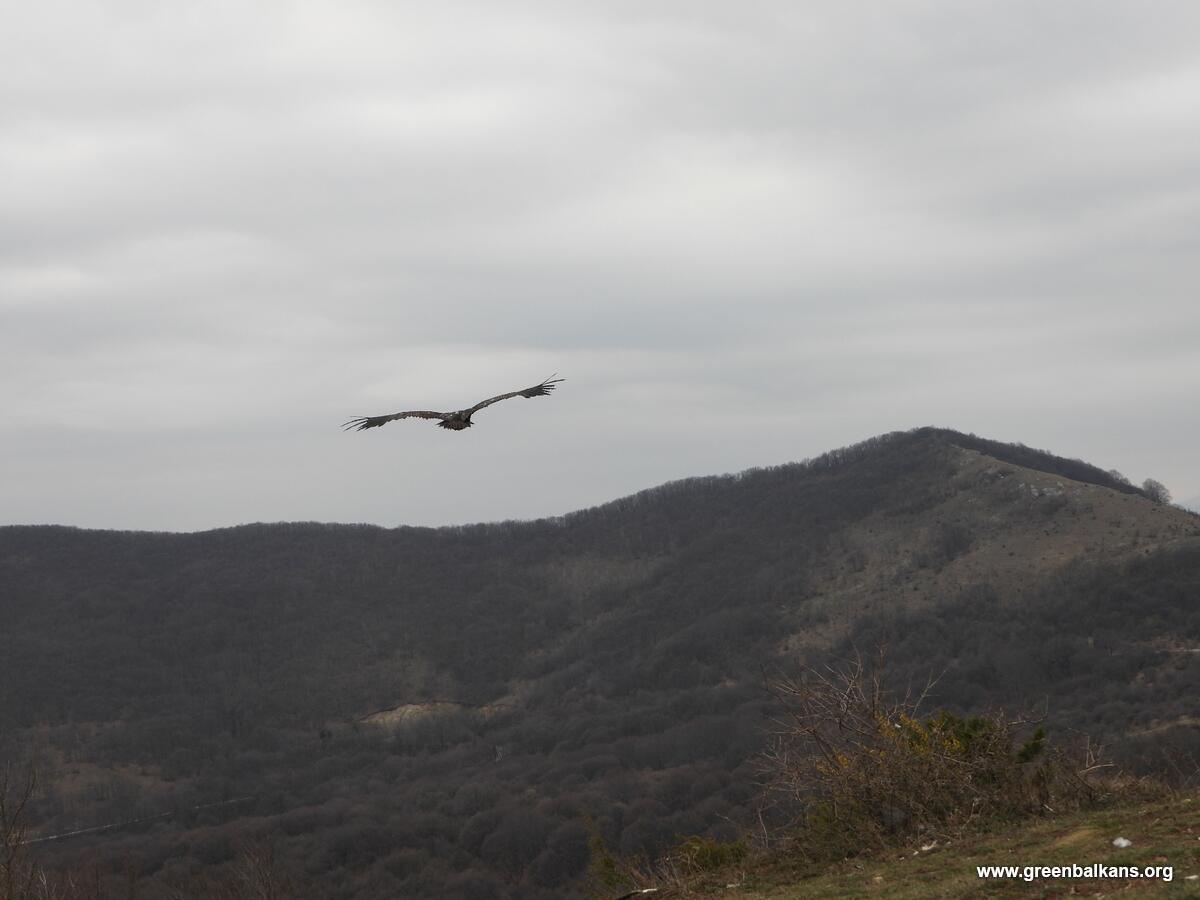
Vulture conservationists, researchers and enthusiast all know this – poison is the number one threat killing our vultures, in Europe and worldwide. This is in fact reflected in all international and national species action plans, and conservations strategies.
But poison is the silent killer – difficult to identify, difficult to see, poisoning often goes undetected, unseen and underreported. It is therefore very difficult to quantify its impact ad incidence – we know it is there, but sometimes it is difficult to quantify its impact.
Some figures recently released by the Spanish Ministry of Agriculture, Food and Environment (MAGRAMA), however, are a good reminder of the scale of the problem – 2,355 Red and Black kites, 2,146 Griffon Vultures, 638 Black Vultures, 348 Egyptian Vultures, 114 Spanish Imperial Eagles and 40 Bearded Vultures were found poisoned in Spain between 2000 and 2010! Even though those are only the tip of the iceberg, they are a powerful reminder that poison can have a significant population impact. Take the bearded vultures, for example. Between 1990 and 2010 the Spanish population of bearded vulture ranged between 90-120 pairs, so even 40 birds eliminated due to poison has a significant impact!
In vast areas of Europe the level of awareness, capacity for diagnosis and the process established are much poorer than Spain, which does have a very good anti-poisoning system in place – from a national strategy to fight this silent killer to dedicated enforcement teams, often using canine units. Data and evidence from elsewhere is often less exact than from Spain, but one is regularly confronted with poisoning cases – last week for example the Ligue pour la Protection des Oiseaux (LPO) revealed that one more Egyptian vulture was found poisoned in the French Pyrenees (see http://www.4vultures.org/2014/08/23/one-more-egyptian-vulture-found-poisoned-in-france/)
Every year tens of thousands of vultures die across the world victims of poison, in a variety of situations and formats – ingestion of agricultural pesticides through dead animals, victims of poisoned baits laid out against predators, intoxicated with lead from hunting ammunition, and poisoned by veterinary drugs such as diclofenac – even though the same drug has been linked to the vulture crash in the Indian subcontinent (99% decline of the Vulture population there), it is now legally available to be prescribed for livestock in Spain and Italy – see http://www.4vultures.org/our-work/campaigning-to-ban-diclofenac-in-europe/ for our campaign to ban diclofenac in the EU.
The VCF has been working to minimize and prevent poisoning of birds, through contributing to the development of national strategies against illegal use of poison, promoting enforcement and enhanced crime prosecution, and raising people’s awareness. Please join us in our fight against the silent killer! Spread the news and support our work!



